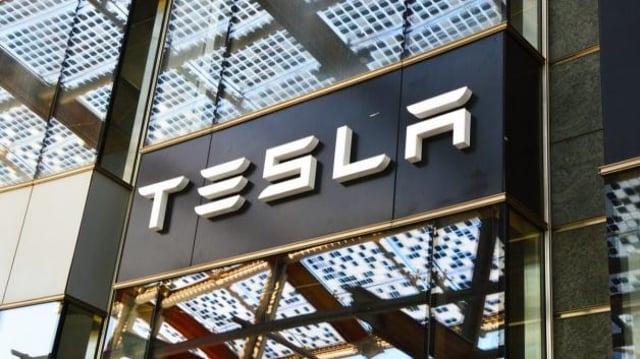TESLA

After consecutive increases, the price of company cars may decrease
The information that a traction battery makes up a third to half the cost of an electric car received an interesting clarification at the Tesla reporting conference: raw materials make up the cost of a car of this brand by about 10-15% and lithium per electric car does not require more than 5 kg. Tesla has already made recent price increases in anticipation of a possible increase in raw material costs over the next 12 months, but is ready to cut the cost if raw materials become cheaper.
As noted today, the company ended the first quarter with a record EV margin of nearly 33%. Tesla management saw fit to clarify during the Q&A session that the March price increases already included some margin in the event of further increases in the cost of purchasing raw materials. The company has long-term contracts with many suppliers that set prices for raw materials, but if some of them expire this year, new ones will have to be entered into on different terms. Tesla assumes that commodity prices will continue to rise, but if they don't, Elon Musk has promised to consider lowering EV prices.
The specificity of the current situation lies in the fact that in many cases the company will be able to supply the electric cars ordered by customers now only in the next year, and they will be produced at increased costs, which is why this “insurance” was needed in the form of a rise in car prices, which to many seemed excessive.
As Tesla management representatives explained, no more than 5 kg of lithium is needed per electric car, and its share in the composition of the battery cell does not exceed 2-3%. From a battery cost perspective, Tesla's costs are most affected by the same nickel, for example. Last quarter, half of Tesla's electric vehicles were powered by nickel-free LFP batteries that combine lithium with iron phosphate, but that wasn't due to expectations of higher raw material prices. It's just that the company planned this migration a long time ago, and the manufacturer is now trying to equip all initial configurations of the Model 3 and Model Y electric vehicles with LFP batteries. Even with them, the Model 3 is capable of going over 400km on a single charge on the EPA conditional cycle, so from a consumer perspective, this replacement isn't a compromise. It remains to add that LFP batteries are less resistant to frost, so residents of countries with a cold climate should treat these versions of Tesla with due precautions.
Elon Musk used the quarterly conference podium to reach out to companies looking to capitalize on lithium mining and processing. As he repeatedly explained, this chemical element itself is widespread and not in short supply. Existing refining capacity is simply not enough to meet the explosive growth in battery production. For companies that are now ready to start processing lithium, Musk promises a decent profit margin of at least 19%. He even compared this type of business in terms of profitability to software development or coinage.
Tesla considers the recycling of raw materials to be an important element in optimizing the cost of raw materials. Body waste is fully recycled, and the company is also trying to increase the volume of battery recycling from the current 50 tons per week to 150 tons.
Mundoquatrorodas

Nenhum comentário:
Postar um comentário